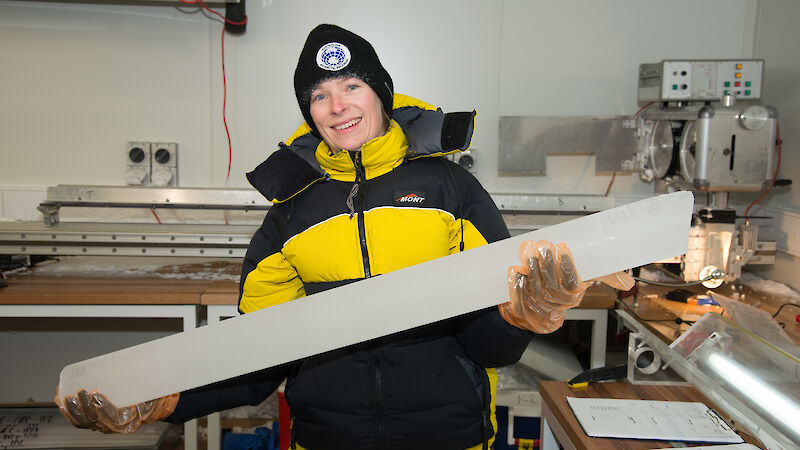A deep-field mission to recover an Antarctic ice core up to 2000 years old, aims to shed further light on the long-term influences on Australian weather and climate.
Six researchers will spend up to 50 days south of Mt Brown, 330km east of Davis research station drilling a core to a depth of around 350m this summer.
The Australian Antarctic Program project* is led by Dr Tessa Vance from the Antarctic Climate and Ecosystems Cooperative Research Centre.
Dr Vance said there is little information on how weather patterns, formed in the Indian Ocean, have changed over time periods longer than a few decades, and how this affects Australia.
“The region is known as a ‘cyclone nursery’ as it’s where many storms are ‘born’ before they head from west to east across the Southern Ocean and impact both Australia and East Antarctica,” she said.
“A new ice core record from Mount Brown south will provide us with a snapshot of the climate history of the Indian Ocean and hopefully some insight into climate variability in Australia over the last one to two millennia.”
The chemical constituents in Antarctic ice cores, including traces of hydrogen and oxygen, sulphur from volcanoes, and sea-salts, along with the amount of snowfall per year, provide information on past climate and climate processes.
“The information in ice cores helps us understand how the climate changes, and to view predicted future change through the lens of past variability,” Dr Vance said.
In 2015, scientists developed a 1000 year record of drought in eastern Australia from the existing Law Dome ice core record (Australian Antarctic Magazine 30: 18, 2016).
“The Law Dome record showed us that prolonged droughts in eastern Australia are part of the natural climate cycle,” Dr Vance said.
“We hope an ice core from Mount Brown will provide us with another snapshot of climate variability in the Indian and south-west Pacific oceans, and more insight into long-term climate variability in Australia.”
Australian Antarctic Science Project 4414.

